In 1973, a 48-year-old New Yorker named Boyd McDonald published the first issue of a small underground zine called Straight-To-Hell. Thanks to its groundbreaking mix of true gay sex stories submitted by readers and news commentary which skewered straight men in positions of power, STH amassed subscribers and fans among horny queers around the world, including luminaries like William S. Burroughs, Gore Vidal, John Waters, and Felice Picano. Readers flooded McDonald’s post office box with filthy tales of secret assignations with strangers met in cruisey parks, bathrooms, and clubs, and in chance encounters on the street or other surprising locales.
In the mid-1980’s, McDonald started putting out a series of successful books which collected the best of these stories, with titles like Cum, Flesh, and Juice. He needed someone to take over the magazine and so he turned first to Victor Weaver, and then to my friend Billy Miller. Over the years Miller has carried the torch of STH, keeping it alive despite the fact that most print publications are dead, the queer zine zeitgeist of the mid-2000s is over, and Tumblrs, Vines and other online platforms provide no shortage of documentation of true sexual encounters with visual and aural accompaniments.
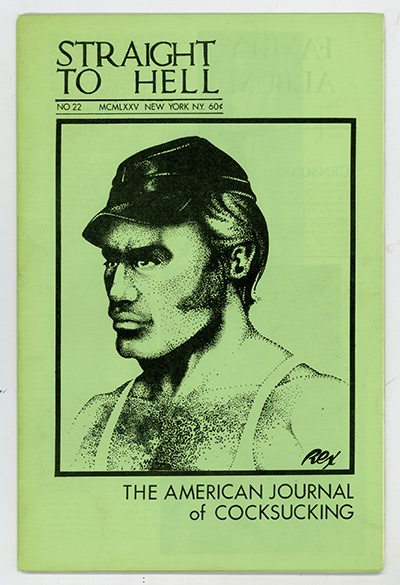
Adam: I’m so excited that there is a new issue of STH finally!
Billy: Yeah well it took a while this time, but it’s got a lot of cool stuff in it.
How long did it take you to make this one?
It’s been over three years. It took me so long because I was sidetracked with a lot of other projects. I have been collecting the stories over time, but the reason to do it now was really because of the LA Art Book Fair last weekend. I got a table there so I figured I had to have something new to have at the table. Now I want to do a book similar to what Boyd MacDonald used to do with those anthology books with the one word titles: Raunch, Juice, and Meat.
That’s so great, because I’ve been saying to everyone lately, Billy needs to do a book or an anthology of Straight-To-Hells, all the way back to Boyd’s days.
We might, but I’m not sure. Some of those earlier issues are sort of problematic in terms of publishing.
You’ve told me before that some of those early issues had content that would be frowned upon today.
They’re also just sort of radical and they’re different in a way than what the contemporary version of STH is. The earlier stuff is just about Boyd MacDonald’s brilliance. It still has the same content, minus the newer scenarios. Ever since Victor Weaver and I started doing it, it doesn’t have Boyd’s caliber of sardonic humor. In a way it does. But I don’t write editorials or anything.
Right. Boyd would intersperse sex stories with editorials about news articles – mocking public figures who were known or suspected to be queer, or ridiculing an article about a gay sting by police or something like that. So much of what he did is the same kind of stuff that blogs like Gawker and Vice and even folks on Tumblr do today, four decades later.
Yeah. He this humor that kind of made it different. He would run a picture of Lucille Ball, later in her life with a wrinkly neck, and underneath for the photo credit it said “Lucille Testicle”. In one issue he listed three or four pages of news items he’d collected about famous people’s bowel movements or gas. He was a really funny person. The stories are the same format today as they were then, but the way they’re submitted now is different than it was then. Back then people would send in handwritten stories, and today it’s much different with the internet.
Did you know about STH before you met Boyd? How did it come to pass that you guys came together?
I ran across an issue of STH at a bookstore in Chicago in about 1976 or 77. I became a fan right a way and I wrote him letters and he wrote me back and then when I moved to New York in 1985 I was gonna interview him for something, and I did interview him but the publication ended up not being published, but over the time that I would hang out with him we started to become better friends and then we ended up being friends for almost ten years before he died. So when he started doing all these books which he started to do before I met him, actually, he really was concentrating on that because he was making decent money with that. So he asked me if I wanted to be the editor of the magazine series — the chapbook series and I had never thought of it. It took me about a year before I did anything, and I’ve been doing it now since about 88 or 89. It’s hopefully gotten better. The first ones were held together with scotch tape.
This format of a magazine that just featured true sexual stories — what kind of void did that fill when it first appeared on the scene?
Well there probably had been a precedent for it in straight things like the Penthouse letters and things like that. But this was also Boyd’s take on things. I always say Boyd was punk before punk. Even though Boyd had nothing to do with that. He had that kind of attitude and approach to things. That was something that I had never seen before in any sexual literature, especially homo stuff, because at the time, in the early 70s, it was still very much the hippie era. Boyd was very raunchy, especially in the titles of the books and the articles. One of the article titles was a question that went something like “Q: Is it proper to eat shit?” and then the answer was “Only if you wash it down with copious amounts of piss.” You know, titles like that with these images and raunchy stories. Another title was “Can heterosexuality be cured?” That kind of attitude was so different than the hippie attitude which was, we’re all alike and love your neighbor and all that stuff. Boyd was something different.
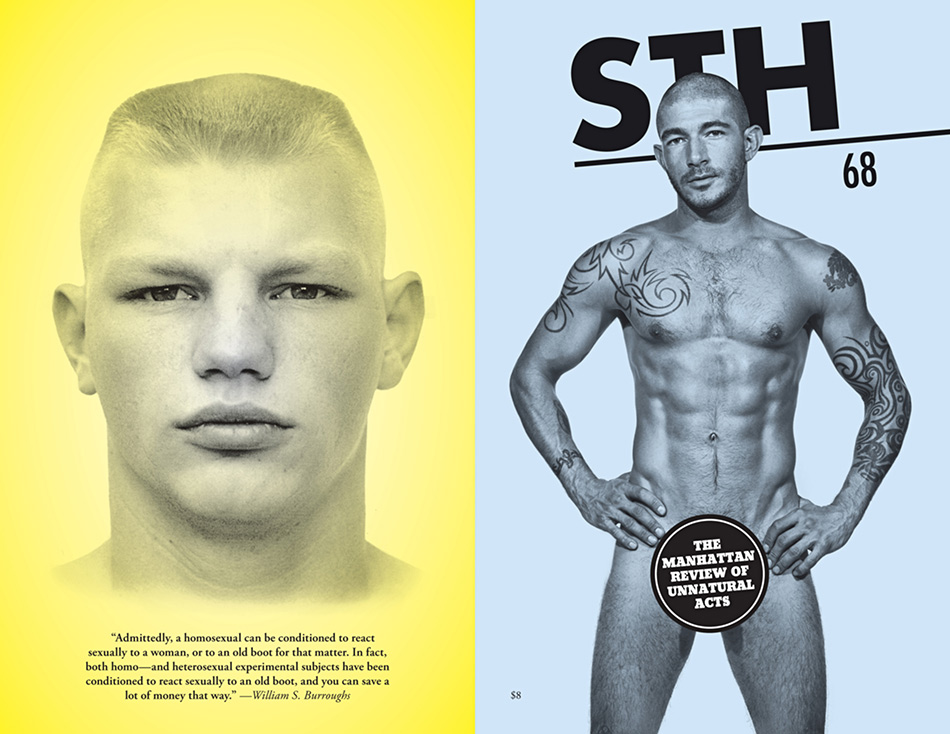
He was also about talking about having sex with straight guys. The stories were as pervy and real as possible.
I — and other people — had never seen the reality of it printed like that. There had been pulp type stories and some of these early homo publications that published stories that were in the realm of fantasy. Stories about football players or things like that. They were erotic but not political or graphically raunchy. That was one of the big differences.
What was Boyd like in person?
I thought he was really funny in person.
What did you do? Did you hang out and talk or go cruising together?
No, we didn’t go too many places because he was agoraphobic in the extreme. We did go a couple of places. Basically I’d go up there and he had this room in a single-residence occupancy, with piles of books, an old fashioned typewriter and this little cot for a bed. No furniture and a hot plate. I just started talking to him. We just used to sit around trying to crack each other up. I would talk to him about the projects we were working on. I was going to this psychiatrist at St. Luke’s and he had this nervous breakdown and committed himself to St. Luke’s too. We bonded on that because we were going to the same place. One time I went over and the door was ajar and it was really dark in there. And in the dark I could see this puff of a red dot from his cigarette. And when he would take a puff I could see he was wearing a ski mask over his head. A dark ski mask to cover his face. And the whole room was dark. That was his idea of weirdness. He was capable of doing that. But mostly we would sit around smoke cigarettes and drink black coffee and eat donuts.
How was he surviving?
He made money because his books started to make a lot of money. They were really popular with the gays. He wrote for a bunch of so-called mainstream gay publications. He did a lot of things over the years. Some of them I only found out about later. I know he used to write for Time or Newsweek. He was also a stage manager for this off-Broadway or Broadway show called Via Galactica, which was the same producers who did Hair. It was their second thing and a million dollar bust. They spent all this money on it and it didn’t work out. Boyd had done a bunch of different things. He went to Harvard and graduated at the head of his class. Do you know Bill Arning? His parents knew Boyd and Boyd was the best man at his parents’ wedding. It’s weird. He was originally from North or South Dakota, I always forget.
He had a normal life and then something happened and he went off on this radical, sex crazed queer tangent?
Well, he used to be a big drinker in the 1950s. The deal was in those days, single men moved to the city because it gave them the opportunity to live their lives away from the eyes of their parents. So they had all these things that were for single men. Boarding houses, things like that. They used to have them for women too. I think they still have them for guys. It provided a kind of anonymity, so someone like Boyd was able to come from South Dakota in 1949 or whenever he moved to New York and find himself.
One of the things that the magazine does really well and why I think it is elevated above traditional porn is that, for instance, if you read old issues of Drummer or Blueboy or things like that — it’s just a time capsule. But STH really feels like it is performing a function of an underground alternate history of gay sex in America. One of my favorite stories in the new issue is a story that takes place during World War Two and it doesn’t really end happily.
It’s not just stories in America, but if you take it back, all of them put together, from the first one to the one now and the three editors, it really does describe that kind of thing you’re describing. Kinsey probably has more stories, but this takes place over the long history of STH, which is over 40 years. Some of the stories I got, when I first started doing it in the early 80s, from guys who were really old then, were describing experiences in the teens and the twenties. It’s just interesting how the internet comes into it, and different media, and the changes in the way people interact socially.

Yeah. 80% of the stories in this new issue involve hook-up apps. To your point, I think there’s been an evolution of different kinds of things happening with the internet that weren’t there several years ago, or not as much. This hook up app thing has become in a way, it has an underground thing about it, although everyone is being marketed to because there are ads popping up when you use it.
Yeah. You click on the bottom of Scruff accidentally and some weird thing comes up. Sure.
In the past they used to avoid all that. But now that you can switch off the commercials on television, if you want to go use these apps, they’ll go right for your libido.
We are in this moment where we can all have unlimited access. I can turn on my Scruff and within a few minutes I’m talking to ten different guys in my neighborhood, and I can arrange a week’s worth, or a day’s worth of sexual encounters. In a way that’s different than in the past, but there were places in certain cities where you could accomplish the same thing even before the internet.
You could do it here where I’m walking in San Francisco back in the seventies, because the opportunities for it were all over the place.
That’s what I’m saying — in a certain milieu, there isn’t much difference between the access and availability to create these stories, but in other ways it’s very, very different.
The desire is beneath all of it, but the way it plays out has evolved in some way. I do think that the more traditional type of cruising that went on was obviously far more anonymous. There were interactions that could happen then that would be extremely rare now, namely between different classes and things like that. In the Rambles or the World Trade Center, or here where I’m walking around. It could be the Wall Street executive and the delivery boy. That wouldn’t be likely to happen in the same way now with Grindr.
That’s similar to what Samuel Delaney says in Times Square Red, Times Square Blue. His whole theory is that those spaces were liberating because they brought people from different classes together.
Right. With Grindr and other apps, there’s certainly sorting within body types. Different apps are even targeted to certain body types and fetishes if you will. Do you know about Chasabl? It’s for really heavy guys and chubby chasers. Guys who wouldn’t be even on Growlr. I was thinking they should have one called “Clevr”.
For smart people?
I suppose. At least for people who think they’re smart.
You could have one called Mensr, for Mensa members.
That’s a good idea, too.

How do you find the guys who give you these stories?
Most of them find me, but sometimes there are people who I have met, and tell me they have stories and then I encourage them to just send it to me in an email. But then some of it has been people who have just gone to the STH website and submit because they’re fans. I get a lot of them that way. I’ve also interviewed a lot of people too. I just take myself out and put together their interview as a story.
A lot of the stories don’t revolve around relationships or partners or boyfriends or whatever. Is there a design to keep things more on the anonymous, cruising, one-time only level?
I don’t know about that. Maybe it’s just that the people who are in relationships don’t submit as much, or when they do write about it, they talk about something that happened prior to the relationship. Or they don’t mention that part of it. They want to make it sexy and hot.
How do you find the photography?
There’s a stable of people that I know whose work I really like, and who I think really work with STH. I’ve also contacted people because I like their work. About a third of them are people like that. I just also run into people from other things I’m doing. For instance there’s a picture by Jill Greenberg, that’s a picture of a guy with a huge cock hanging out of his pants, and it’s a reference to a famous Robert Mapplethorpe photo. I ended up seeing that picture because I knew her work more from taking pictures of babies and people’s faces and things.
One of my favorite stories in the new issue is the babysitting story — about a babysitter who ends up hooking up with his young ward’s father. It’s an incredible story but it reads so much like fiction. How do you determine what’s true and what’s fake?
With that story, the person who sent it to me sent me other stuff in the past. I trust him. It’s hard to say what the ultimate truth is, but I always tell people that they should send me something based in an actual story and event that really happened. A couple of things were submitted in the past few months and I thought they didn’t sound all there. I ended up just not using them. In the new issue, there’s at least one or two stories by a guy from prison, and those definitely came on prison monitored stationary and envelopes. There were stamps and everything. Some of them are from people I’ve gotten stories from before because they’re just people who are really good at writing them, and interested in doing it. There’s a guy I ended up meeting who was a fan of STH’s and he showed me his collection of toilet paper with dirty notes on it, that he’d collected from various encounters over several decades. He has stories connected to the collecting of all those dirty notes. Some of the guys I have known since the 80’s who were sending me stories for a long period of time have died. Not all of them, but a few of them.
Do you ever put stories of your own in the magazine?
No. I’ve never done that. I’ve thought about it, but I never have. First of all, I don’t need to, because there’s enough material that I don’t need to do that. If I ever did that it would just be to fill it out if there wasn’t enough.
One of the other things you’ve been very involved with over the past few years was bringing back to the surface the legacy of Bob Mizer.
Yeah. We’ve had three or four shows. First at the Exile Gallery in Berlin, then Invisible Exports in New York, then the LA Moca, a show with Tom of Finland. Then a show at NYU’s 80 Washington Square gallery, which Jonathan Berger, Dennis Bell from the Bob Mizer Foundation, and I put together. But I’ve been doing this STH stuff now for a while, and I don’t have the energy to do both. It’s been an interesting adventure. I always knew there was more to Bob Mizer than his former — or even probably still — significance as a camp beefcake physique photographer. He was that too, but a lot of people who thought they knew the material were surprised. Jack Pierson was walking around the show before it opened, because he teaches there, and they hadn’t put the name on the wall yet, and he asked the attendant whose work it was. And he was a Bob Mizer model. Mizer shot about 2 million individual images, and around 6,000 films. It was an amazing output. He might be the most prolific photographer in history. I don’t know. But it wasn’t all beefcake.
A lot of your work has been connected to these two publications — Physique Pictorial and STH — that shaped a way of looking at the world from a gay sexual perspective during the 20th century. Do you ever stop and think about why it is that you think you’re drawn to that?
That’s a good question. I’m not sure. I guess it was just something I was always a fan of and I was drawn to it. I’ve always been, since I was a kid. These two people – Bob Mizer and Boyd MacDonald, were very influential to me when I was younger. The chance to be involved in anything with them is just fun.
The next issue is the 69th issue.
Yeah. That’s going to be a good one. Maybe it could just be all content that involves 69-ing. Like that person who wrote that book that left out the letter i or e. It might be too hard to find all that stuff.
Yeah. I wouldn’t want you to do anything that delays another issue from us for four years.
It won’t now because we’ve got a lot of stuff now. I’m trying to get it down to being something that works. The whole way it used to be distributed isn’t around anymore. When I first started we only sold it at gay bookstores, so called “dirty bookstores.” Both of those things are basically gone now. In the past few years, fashion and art bookstores have shown an interest. Boyd would have been surprised at that. It’s odd, but it’s changed. So I’ve been trying to adapt, but the content is basically the same. It’s the same stories and attitudes. I realize you could look at pictures and read things online, but I”m trying to make something that’s very much an object. You can take in your pocket and read it in the woods or the basement. You don’t need electricity or internet. It’s hopefully something someone would want to keep.
Last question, do you have a story from all the issues that’s your favorite?
No. Not really. I’m not even thinking about it in that way. I’ve been doing it for a long time, so I’m always on the lookout for people who would want to write or publish their pictures. I’m not thinking of the ones I’ve already done, I’m looking for the next, for more.
___________________________
Adam Baran is a filmmaker, blogger, former online editor of Butt Magazine and co-curator of Queer/Art/Film. His short film JACKPOT, about a porn-hunting gay teen, won Best Short Film at the Miami Gay and Lesbian Film Festival, and was recently featured on The Huffington Post, Queerty, and Towleroad, among others. He is a features programmer at Outfest Los Angeles LGBT Film Festival and NewFest in New York. In his spare time, he complains about things to his friends. “Fisting for Compliments”, his weekly musings about the intersection of sex, art, porn, and history, will appear every Monday on TheSword. You can contact him at Adam@TheSword.com and follow him on Twitter at @ABaran999. Check out his previous columns in the Fisting For Compliments Archive.

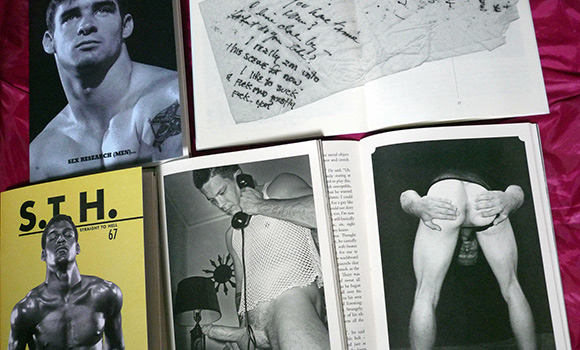




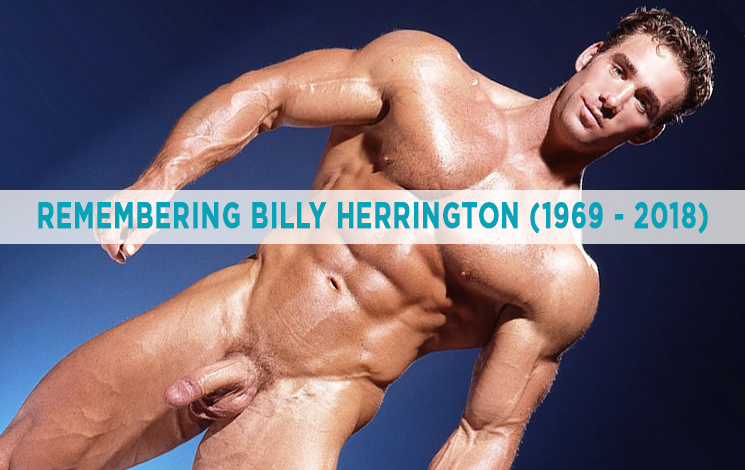

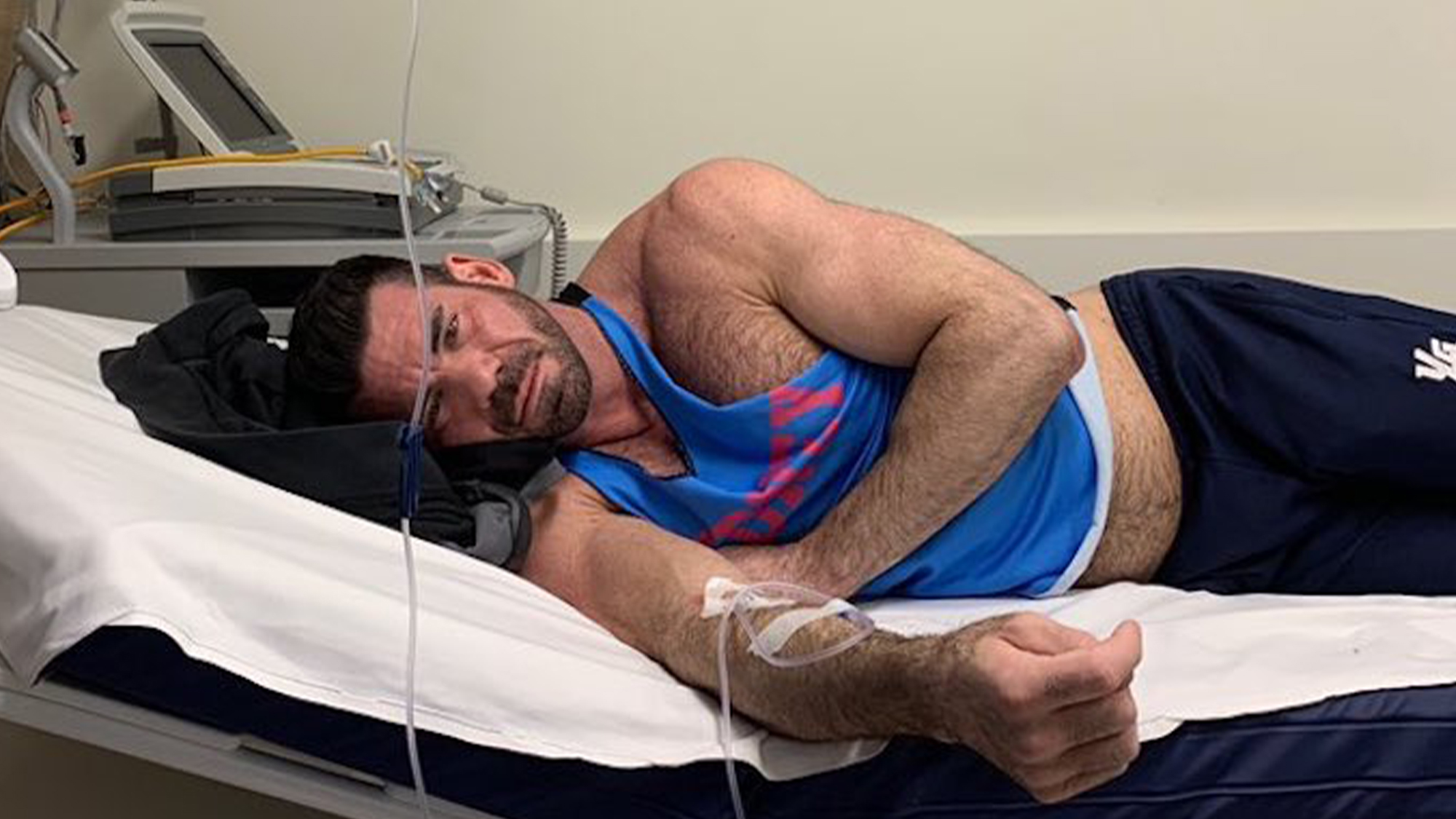



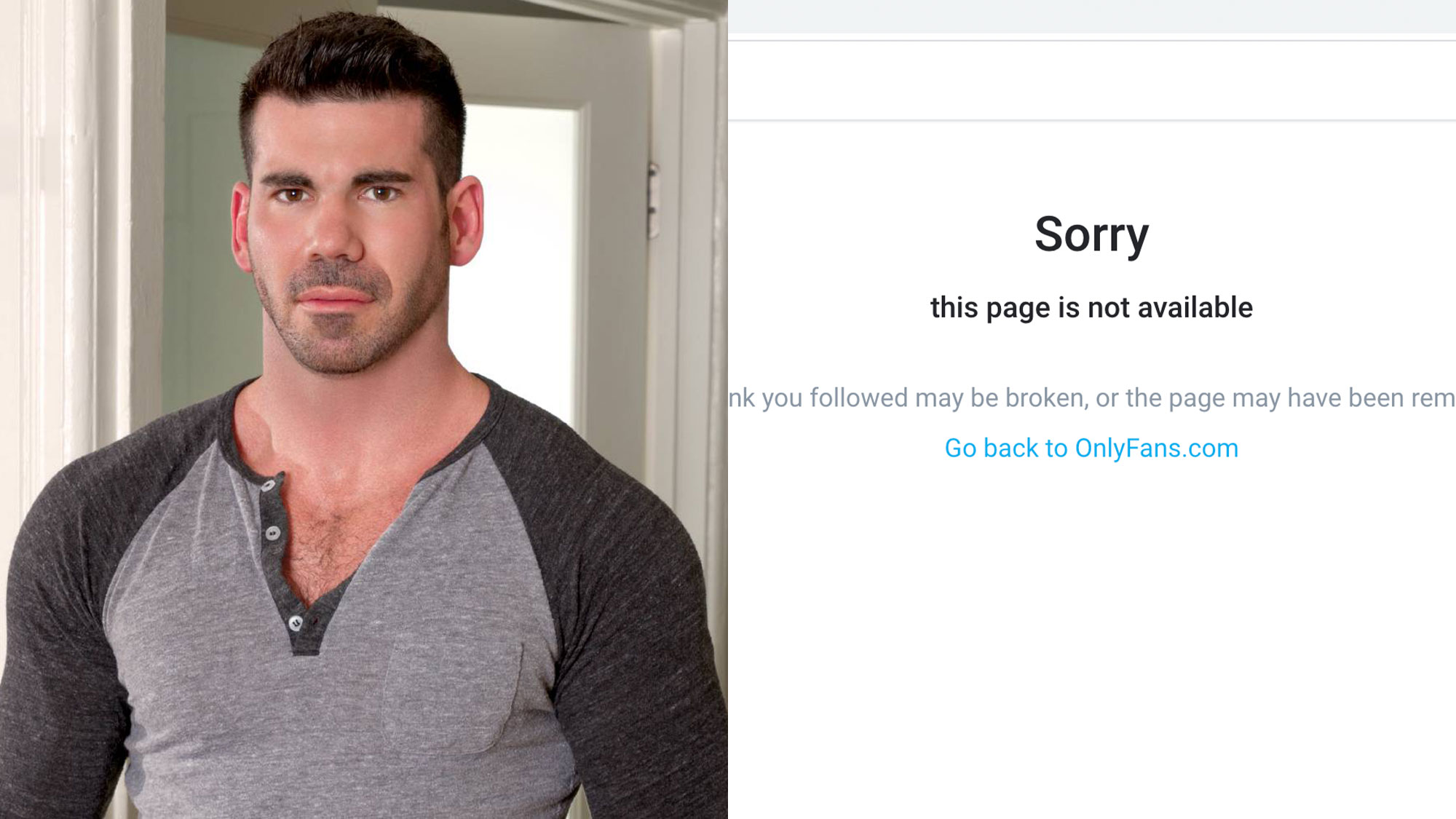
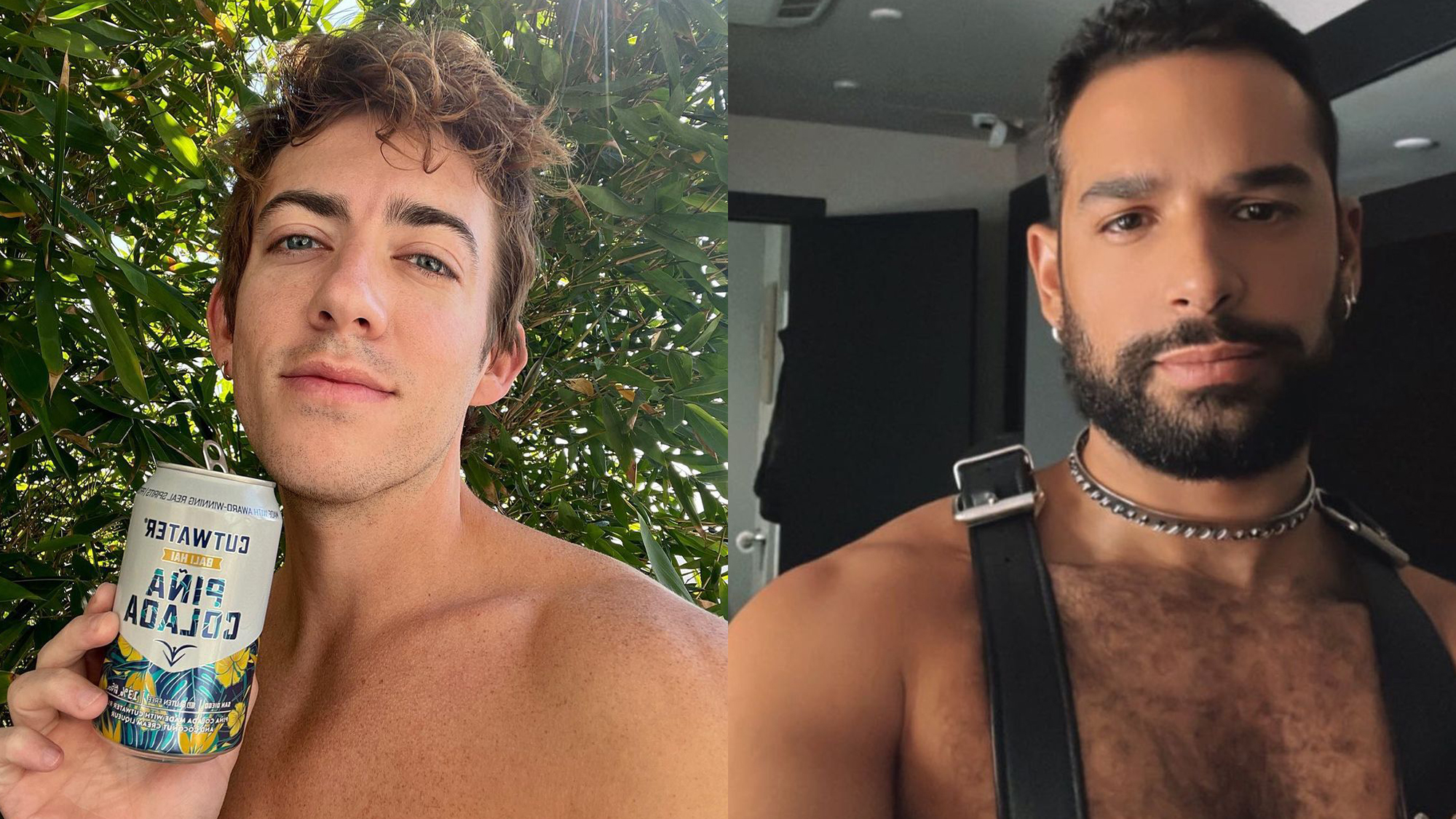
Totally COOL! And Johnny Hazzard on the cover– It does NOT get better than this. Loved the interview, too. STH was always smart porn/erotica. We NEED this!
No links. Where can I get the new issue online?
I was thinking the same thing!
you can’t order it online. it’s old school. Here’s where you can buy it in person: “Soon to be available @: St Mark’s Books, Spoonbill & Sugartown, Printed Matter, BookMarc, & other locales in NYC… & Circus of Books, Skylight Books (in LA)… The Magazine, Books Inc (in SF)… Les Mots a la Bouche (Paris)… Motto, & Prinz Eisenherz (Berlin)… Donlon Books (London)… & lots and lots of other stores & newstands”